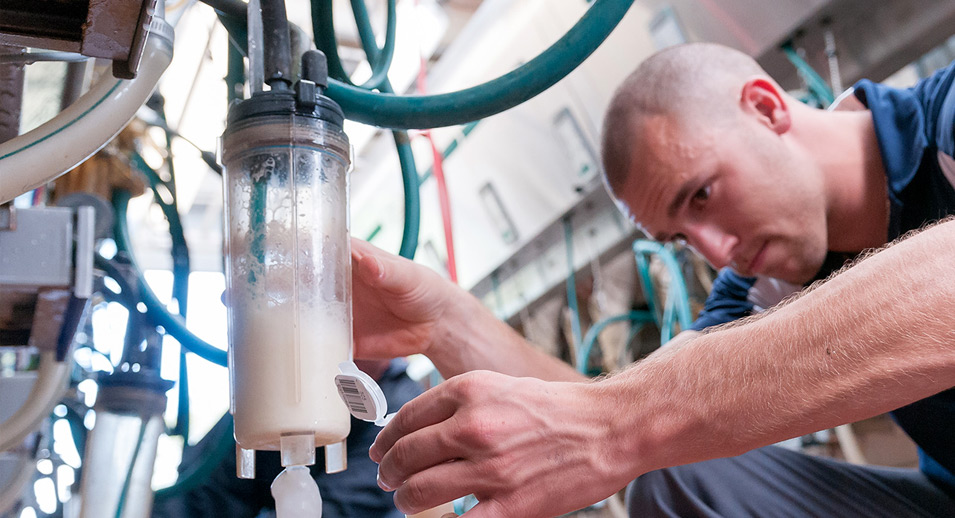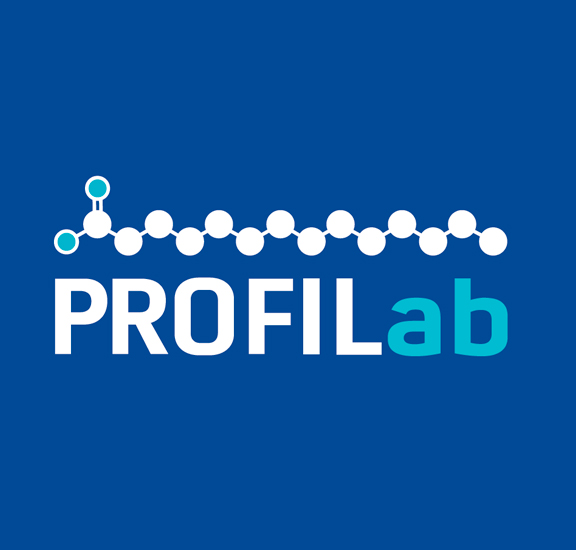Research Project on de novo Fatty Acids in Milk
- October 16, 2020
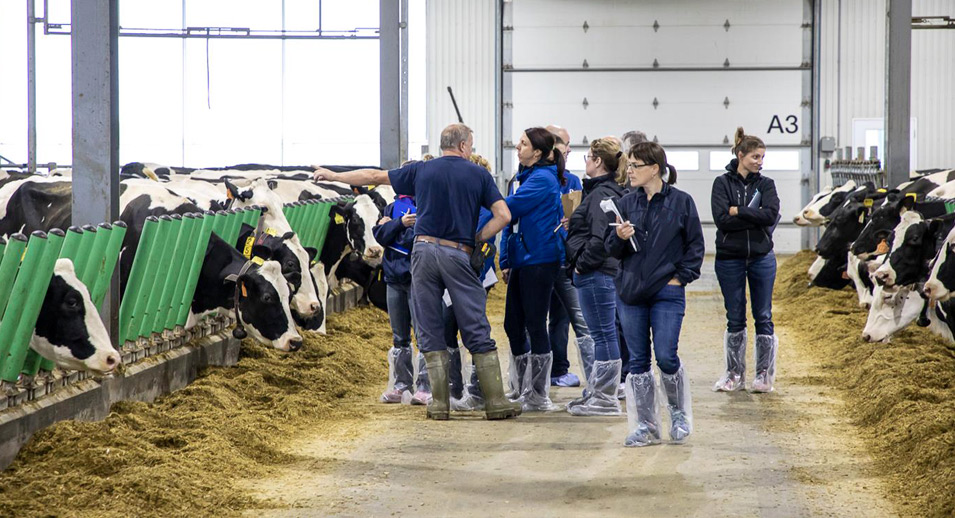
More revealing than milk fat alone, the milk fatty acid (FA) profile analysis can provide a better understanding of the metabolism and use of the ration by dairy cows and its effect on rumen health. However, the only thresholds for comparison that are presently available are based on American studies that come from production contexts that use rations and management different from ours.
Therefore, in order to optimize the use of this new knowledge and, above all, to be able to adapt it to our context and the conditions particular to dairy production in Quebec, it is primordial that we establish comparables and reference thresholds that are specific to our industry. It is essential that we establish links between nutritional strategies, herd management practices, housing, and milk fatty acid profiles in order to maximize the comprehension and use of these new analyses by the dairy producers of Quebec.
Lactanet’s Involvement
Having recognized this need, the Lactanet Innovation and Development team have been working for some time now on a research project related to PROFILab. The team has called upon us as interns to be responsible for the ongoing data collection on Quebec dairy farms (mainly in Montérégie, Centre-du-Québec, Estrie and Chaudières-Appalaches).

Josiane Prince
Third year agronomy student at Université Laval specializing in animal production.

Camille Boulanger
Agricultural economics student with a certificate in animal production in their final year at Université Laval.
One hundred herds from across the province were selected for this project according to their housing type and de novo fatty acid profile. These herds were then sorted into one of the four categories shown in the graph below so that each of the different groups could be compared to the others. For example, the data from the herds in group 3, that have high milk fat values and fatty acid profiles high in de novo fatty acids, could be compared to the data from the herds in group 4, that also have a high milk fat value, but with fatty acid profiles low in de novo fatty acids.
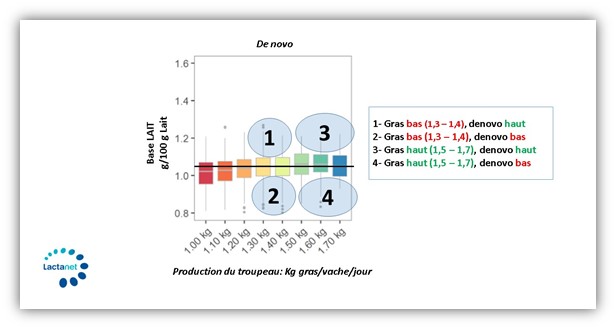
Once the classification was established, we began to visit these 100 farms in order to collect the data listed below:
- Rations and feeding costs
- Feeding frequency
- Milking and work schedule
- Body condition
- Stall and pen dimensions
- Stocking density
- Daily hours of luminosity
- Injuries (neck, knees and hocks)
- Access to feed bunk and waterers
- Access to an exercise area or pasture
- Building and ventilation type
The analysis and interpretation of this data, in comparison with the fatty acid profiles from the herds visited, will help to establish the desired specific reference thresholds. The conclusions will also help to improve the understanding of how fatty acids behave and therefore further increase the potential of PROFILab. In addition, analyzing the feed margin of selected herds will allow for the inclusion of possible solutions in the conclusions to reduce the costs related to feeding or increase revenue while maintaining a desirable fatty acid profile.
In short, we look forward to seeing what the conclusions have to teach us! Stay tuned, the results should be in by the summer of 2021…
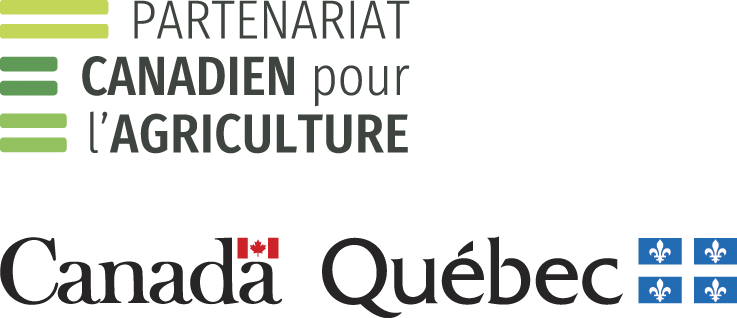
This project is funded through the Innov’Action agri-food program under the Canadian Agricultural Partnership, as part of an agreement between the governments of Canada and Quebec.



